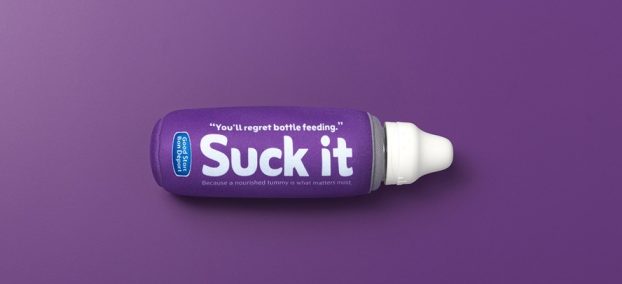It’s not that often that a recent graduate is able to dust off a school project and make it work in the real world.
But that’s exactly what David Sher, now publisher of Business Sense, a new quarterly publication that targets business students across Canada, was able to do.
While studying business at Ryerson Polytechnic University in Toronto, Sher and several of his classmates were assigned a business plan project. They came up with the prototype for a magazine that aimed to help business students get ahead. Their formula turned out to be a winner, receiving two national awards.
When Sher graduated two years ago, he decided to try launching the magazine for real. Although he admits he didn’t engage in any methodical, rigorous study, he did interview about 500 students across the country to help determine the editorial direction that the magazine should take.
Sher, who says the magazine’s mission is to ‘unite, inspire and educate’ business students, estimates there are about 120,000 post-secondary business students across Canada who share a similar set of values, attitudes and beliefs, but who aren’t aware of what’s going on at other schools. Nor are they taught everything they need to know in order to be a success in business.
The inaugural edition of Business Sense (which spells the ‘S’ in Sense with a dollar sign), was launched in March. It tries to address these concerns with features such as Internship Forum, intended to give students a career edge, and Grads Talk, comprising advice from business school graduates.
The main challenge with launching the magazine was figuring out the ins and outs of distribution. Getting a free publication into every business school across Canada is not easy, he points out. The Canadian academic world is cautious when it comes to bringing anything with advertising into the academic environment.
The magazine’s distribution method varies depending on the school, with a combination of in-class handouts, internal mailings to students, stands in high-traffic areas and the like.
Compared to the headache of distribution, convincing advertisers to come aboard was a piece of cake, says Sher. Advertisers in the first issue include such notables as IBM, CIBC, Price Waterhouse Coopers and Royal Bank. To national advertisers such as these, it makes sense to target this group of future executives, particularly since they’re so difficult to reach as a group through any other means, says Sher.
Sher says that, so far, most of the advertising has been for recruitment purposes. ‘Business students are perceived to be knowledgeable,’ he says. ‘They already have a business mindset and understand business issues.’
The magazine is now planning to expand its small sales department in order to expand beyond recruitment ads and go after advertisers who want to build a long-term relationship with future business leaders.
Also in this report:
– Striking the right balance: Should marketers of kids’ products take adult sensibilities into account? p.17
– Kool-Aid reprises trademark smile p.20























